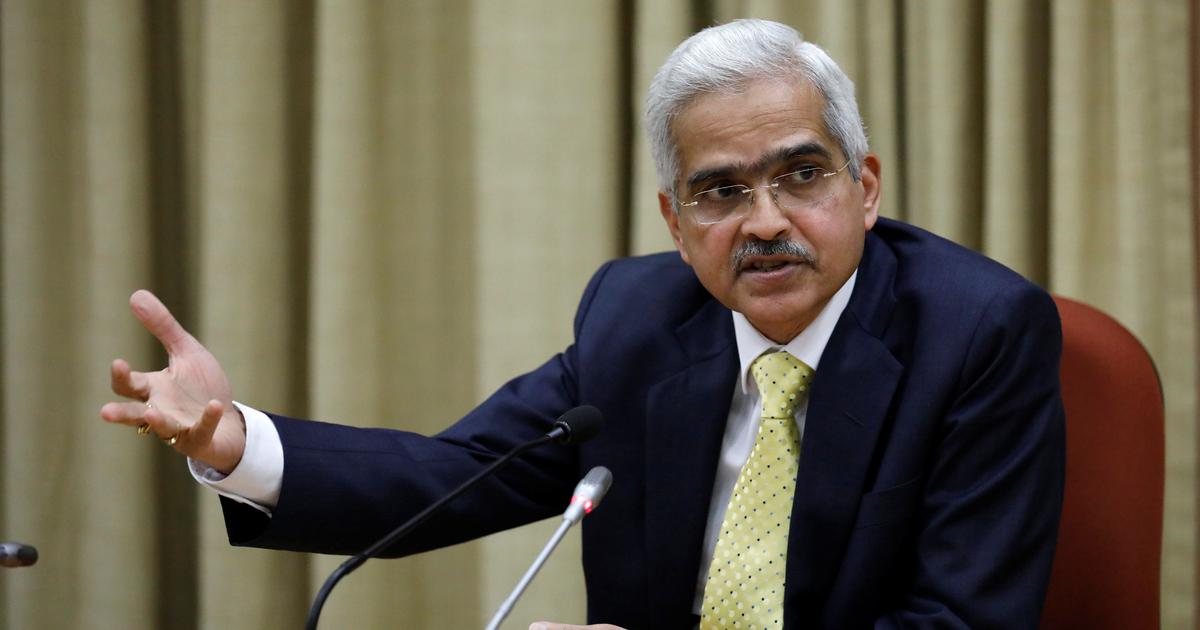Key Takeaways:
- RBI hikes Repo rate an additional 35 bps.
- How will the interest rate hike effect average households?
- The move could result in recovery of the fallen Rupee.

YEREVAN (CoinChapter.com) – The Reserve Bank of India (RBI) governor Shaktikanta Das led a Monetary Policy Committee meeting on Dec 7, announcing the fifth consecutive Repurchase Option rate, or Repo rate hike by 35 basis points, bringing it to 6.25%.
Despite some signs of moderation, RBI Governor Shaktikanta Das said the main risk was that inflation would remain sticky and elevated.
The MPC was of the view that further calibrated monetary policy action was warranted to keep inflation expectations anchored and break core-inflation persistence. […] The focus on inflation control continues. There will be no let up in our efforts to bring inflation to more manageable levels,
commented Das
Shishir Baijal, Chairman & Managing Director at Knight Frank India, called the hike a “welcome move.”
The RBI has been extremely judicious in their decision to raise the Repo rate by 35 bps as against the previous revisions, which were much sharper. The move is a balanced approach toward continued economic growth despite the higher-than-tolerance level of inflation
said the expert.
RBI Brings Repo Rate to 6.25%
In detail, the Repo rate is the interest rate at which the RBI loans money to commercial banks. By hiking the repo rate, the RBI makes loans more expensive, temporarily discouraging economic growth, hence, curbing rising inflation.
Prior Repo rate hikes in 2022
Moreover, the RBI monetary policy has been hawkish year-to-date. The rate-setting panel hiked the Repo rate by 40 bps in May, bringing the RBI interest rate to 4.4%. The hawkish hike continued in June with another 50 bps, as the lending rate stood at 4.9%. Another 50 bps repo rate hike in August saw the lending interest at 5.4%, and the follow-up in September brought it to 5.9%.
Notably, India’s retail inflation fell to a three-month low of 6.77% in October, down from 7.41% in September. However, it remained above the RBI’s tolerance band for the 10th consecutive row. Subsequently, the equities dropped ahead of the RBI monetary policy December 2022 meeting, as the Sensex dipped over 55 points, and Nifty fell 0.2%.
Also read: India will Beat Japan and Germany to Become 3rd-Largest Economy — Morgan Stanley.
What Does Repo Rate Mean for Citizens?
As mentioned, the Repo rate reflects the interest rate at which the RBI loans money to commercial banks. However, the effect of those rates trickles down into the average household as those commercial banks also raise their interest rates.
As a result, citizens with home and car loans feel the effect through their Equated Monthly Installment (EMI). Moreover, Interest rates profoundly affect the value of the income-producing real estate.
However, some experts assume that the latest Repo rate hike will not “rock the housing boat.”
Anuj Puri, Chairman of ANAROCK Group, suggested that it will “undoubtedly push up home loan interest rates, which had already crept up after four consecutive rate hikes this year.” But the expert also noted that “the impact on housing will at best be moderate” as long as the repo rate remains within single digits (below 9.5%).
The Rupee Could Strengthen against Dollar
Another repercussion of raised interest rates is Rupee’s possible strength against the dollar. The chart below clearly demonstrates the INR/USD exchange rate decline year-to-date. However, with the latest hike, the exchange rate could partially recover.

Click here to keep up with the ever-changing crypto market and never miss the scoop!


